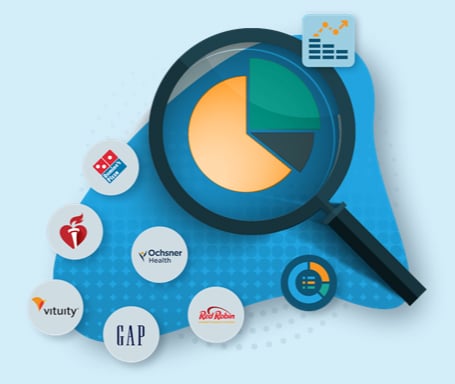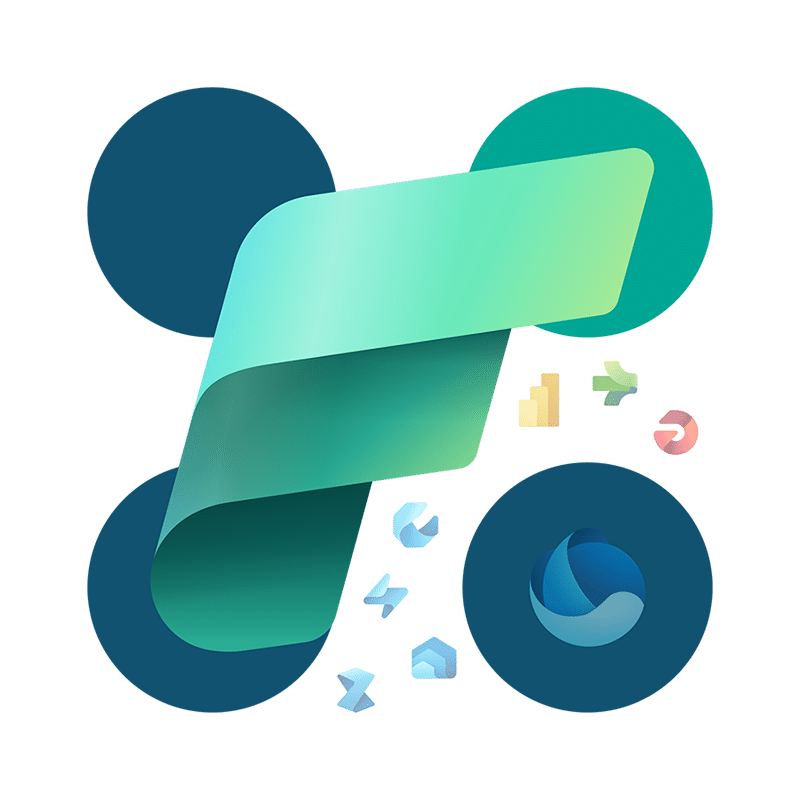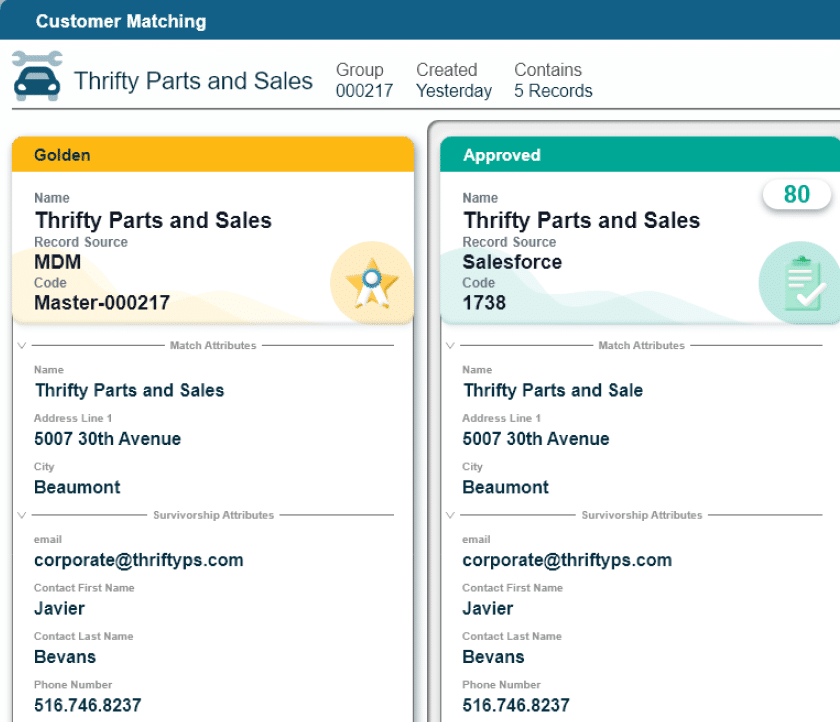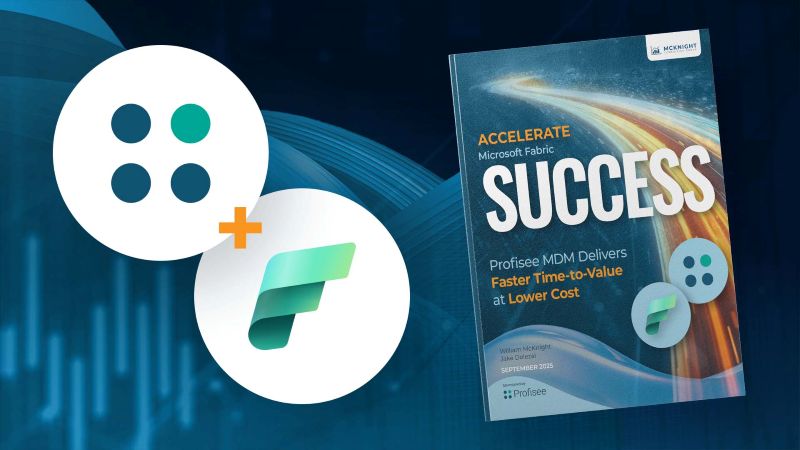Key Takeaways
DIY MDM can work for a single domain or POC, but it stalls at scale with governance gaps, mounting tech debt and slower delivery.
This independent McKnight benchmark report shows Profisee for Microsoft Fabric cuts 3-year TCO by up to 55% (44% for large projects) and delivers in ~12 weeks vs. 9-52 weeks for DIY.
The report maps four real-world Fabric scenarios and pinpoints when to move beyond DIY to accelerate time-to-value with built-in governance.
The promise of Microsoft Fabric is enormous: unified data, accelerated analytics and a ready foundation for AI. But delivering on that promise hinges on getting your master data right. Over the past year, we’ve spoken with dozens of data leaders who started their Fabric journeys with do-it-yourself (DIY) approaches to master data management (MDM) — custom code, one-off pipelines, stitched-together governance processes.
For proof-of-concept projects, these approaches can get something working quickly, but when it comes time to scale across business domains, enforce governance or support AI workloads, the wheels start to come off. Projects stall, costs spike and the data foundation becomes more of a liability than an asset.
We knew the market needed independent, evidence-based research to help organizations decide when to move beyond DIY and to show what kind of results they could expect from a purpose-built MDM platform like Profisee. That’s why we’re excited to share this new report from McKnight Consulting Group, “Accelerate Microsoft Fabric Success: Profisee MDM Delivers Faster Time-to-Value at Lower Cost.”

The 2025 Data Hero Summit
Why We Partnered with McKnight Consulting Group
McKnight Consulting Group has a long track record of objective, scenario-based analysis in the data management space. We engaged them to design a rigorous, Microsoft Fabric-specific benchmark comparing Profisee’s MDM platform to DIY builds across multiple realistic project sizes and deployment scenarios.
Our goals were clear. We wanted to:
- Quantify the time-to-value differences between Profisee and DIY
- Model the total cost of ownership (TCO) over a three-year horizon
- Identify inflection points where the cost, risk and complexity of DIY outweigh any short-term benefits
The results were also clear. McKnight’s independent analysis shows Profisee reduces Fabric project costs by up to 55% and accelerates deployment from months to weeks. Small projects using Profisee see the biggest gains in cost efficiency, but even larger Fabric projects can see cost reductions of up to 44% using Profisee as opposed to building a DIY solution.
What We’ve Been Hearing in the Market
Build vs. buy is a common decision we see prospects faced with, even though it’s not quite as common as it was before the enterprise MDM software market reached a higher degree of maturity. Still, organizations continue to build their own homemade MDM solutions, which usually wind up falling short of what the business needs in addition to taking longer to deliver value and being more expensive than purchasing an MDM tool like Profisee.
We’ve been hearing about this in the market over the past year, with customer conversations leading up to the project consistently surfacing the same themes:
- Scaling Pain: What worked for a single domain or POC can’t keep up with enterprise needs.
- Governance Gaps: DIY builds often lack integrated stewardship, auditability and workflow.
- Mounting Technical Debt: Every enhancement requires more developer time, more integration points and more maintenance.
- Slower Delivery: Even small changes can delay projects for weeks or months.
These stories weren’t just isolated anecdotes — they were patterns. And they told us the market needed a trusted, third-party reference point.
The Methodology
To determine the real cost of pursuing a homemade MDM solution versus buying a solution like Profisee, McKnight implemented four real-world scenarios in Fabric:
- Proof of Concept
- Scaled Chaos
- Over-Engineered Data Silo
- Enterprise-Scale MDM
Each was modeled across small, medium and large project sizes. For each case, they measured:
- Time-to-production
- Three-year TCO
- Scalability and governance maturity
The results speak for themselves with Profisee’s TCO being up to 55% lower for small projects and 44% lower for large projects, with delivery in 12 weeks versus 9-52 weeks for DIY.
What the Findings Mean for You
The analysis is clear: DIY has a ceiling. It can be a smart way to test ideas or spin up a limited-scope proof of concept, but past that point it slows teams down and gets more expensive to maintain. The hidden costs show up in rework, talent churn and time lost stitching together capabilities that a mature platform already provides.
This report shows a different path. Profisee customers see faster time to implementation, which means value lands earlier and compounds faster. Just as important, governance isn’t optional at scale. DIY builds often leave gaps that stall AI and analytics when they should be accelerating them. A platform approach bakes governance into the workflow, so you can move quickly without sacrificing trust.
If you’re planning beyond the pilot, this is the playbook.
Set Your Fabric Project Up for Success
This report isn’t about marketing claims — it’s about giving data leaders the analytical rigor they need to make informed decisions. If you’re planning to scale Microsoft Fabric for enterprise analytics or AI, I encourage you to read the full benchmark. It’s a roadmap to avoiding the cost, time and risk pitfalls we see all too often.
Report: Accelerate Microsoft Fabric Success

Benjamin Bourgeois
Ben Bourgeois is the Head of Product and Customer Marketing at Profisee, where he leads the strategy for market positioning, messaging and go-to-market execution. He oversees a team of senior product marketing leaders responsible for competitive intelligence, analyst relations, sales enablement and product launches. He has experience managing teams across the B2B SaaS, healthcare, global energy and manufacturing industries.











